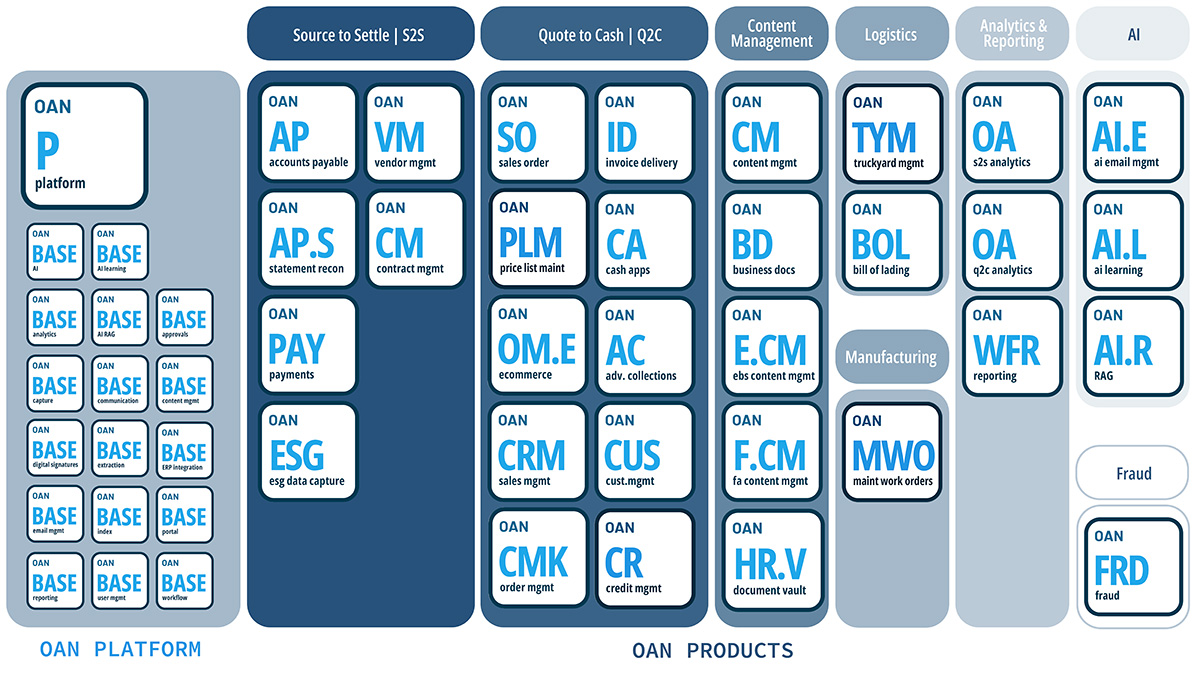In the intricate landscape of corporate finance, indirect spending—encompassing expenses not directly tied to the production of goods or services—often remains under the radar. Yet, its effective management is pivotal for operational efficiency and financial health. At oAppsNET, we specialize in transforming such overlooked areas into avenues of strategic advantage, helping organizations unlock savings, improve supplier relationships, and enhance overall procurement strategies. Despite its importance, many businesses struggle to gain visibility into indirect spending, leading to inefficiencies and missed opportunities for cost optimization.
The Visibility Conundrum in Indirect Expenditures
A primary challenge in managing indirect spending is the pervasive lack of visibility. Unlike direct spending, which is closely monitored and aligned with production goals, indirect expenditures often consist of fragmented purchases across different departments. Office supplies, IT services, maintenance contracts, and travel expenses all fall under this category, and when these costs are not centralized, tracking them becomes problematic.
Without a clear view of where money is going, organizations can experience budget overruns, redundant purchases, and an inability to leverage bulk discounts. A centralized procurement system enhances transparency, allowing for real-time tracking and informed decision-making. This approach not only streamlines processes but also uncovers potential areas for financial optimization. Companies that adopt procurement analytics tools can aggregate spending data, identify inefficiencies, and make data-driven purchasing decisions. Integrating technology with procurement best practices is key to creating a seamless, prominent expenditure management system.
Cultivating Robust Supplier Relationships
The fragmented nature of indirect procurement often results in a sprawling supplier base, making relationship management complex. Businesses frequently engage multiple vendors for similar products or services, leading to inconsistencies in pricing, quality, and service levels. This lack of standardization can drive up costs and reduce negotiating power.
Organizations can negotiate better terms and improve service quality by strategically consolidating suppliers and fostering partnerships with key vendors. Supplier rationalization—reducing the number of vendors used for specific categories—enables businesses to achieve volume discounts, streamline procurement processes, and minimize administrative overhead. Furthermore, building strong, long-term supplier relationships fosters collaboration, innovation, and reliability.
Businesses should also implement supplier performance tracking systems, using KPIs to measure delivery times, product quality, and compliance with contractual agreements. This data-driven approach helps suppliers meet expectations while creating opportunities for renegotiation and further cost savings. In today’s competitive market, leveraging supplier relationships is a key strategy for improving procurement efficiency.

Addressing Maverick Spending
Unauthorized or “maverick” spending is a significant challenge in indirect spending management. It occurs when employees bypass procurement policies and make purchases outside of approved channels. Due to convenience, urgency, or lack of awareness, such spending can lead to budget inconsistencies, increased costs, and compliance risks.
Establishing clear procurement policies and integrating user-friendly purchasing systems can mitigate this challenge. Employees should be educated on the importance of following procurement guidelines and using preferred vendors. Automated procurement platforms, equipped with pre-approved supplier catalogs and spending limits, can help enforce compliance while simplifying the purchasing process for employees.
In addition to policy enforcement, regular audits should be conducted to identify and address unauthorized expenditures. Analyzing spending patterns can reveal trends in maverick spending and highlight areas for improvement. Organizations can significantly reduce waste and improve financial oversight by tightening control over unauthorized purchases.
Ensuring Compliance in Indirect Procurement
Navigating the regulatory landscape is critical in indirect spending management, as non-compliance can result in legal repercussions, financial penalties, and reputational damage. Indirect spending often involves contractual agreements, tax obligations, and industry-specific regulations that require careful oversight.
Organizations should implement comprehensive procurement policies that align with legal requirements and industry standards to maintain compliance. Regular compliance training for procurement employees is also essential to ensure they understand regulatory obligations.
Utilizing advanced procurement technologies can further aid in compliance monitoring. Automated systems can flag discrepancies, track contract adherence, and generate audit-ready reports. By proactively managing compliance, businesses reduce risk and foster trust with stakeholders and regulatory bodies.

Leveraging Technology for Enhanced Spend Management
Traditional, manual approaches to managing indirect spending are increasingly inadequate in today’s fast-paced business environment. Spreadsheets and paper-based approvals are prone to errors, delays, and inefficiencies. To maximize cost savings and efficiency, businesses must embrace modern spend management technologies.
Adopting advanced spend management systems offers real-time analytics, automates routine tasks, and provides actionable insights. These tools integrate with existing financial and procurement systems, allowing businesses to track spending in real-time, identify cost-saving opportunities, and ensure compliance.
Cloud-based procurement platforms, artificial intelligence (AI), and machine learning (ML) are transforming indirect spend management. AI-driven analytics can detect spending anomalies, predict future trends, and recommend strategic procurement decisions. Additionally, automation reduces administrative burden, allowing procurement teams to focus on strategic initiatives rather than transactional tasks.
Investing in technology streamlines procurement and enhances overall financial management, making it an indispensable component of an effective indirect spending strategy.
Optimizing Indirect Spend for Long-Term Financial Success
While direct expenditures often command attention, the strategic management of indirect spending is equally crucial for long-term financial success. Organizations that neglect this aspect of procurement risk financial inefficiencies, compliance issues, and missed savings opportunities. However, businesses can transform indirect procurement from a challenge into a competitive advantage by proactively enhancing visibility, consolidating supplier relationships, curbing unauthorized spending, ensuring compliance, and embracing technological solutions.
At oAppsNET, we are committed to guiding businesses through this transformation. Our expertise in spend management solutions helps organizations unlock hidden cost-saving opportunities, optimize procurement processes, and improve overall financial health. By leveraging cutting-edge technology and best practices, we empower businesses to control their indirect spending, driving efficiency and success in an increasingly complex economic landscape.

